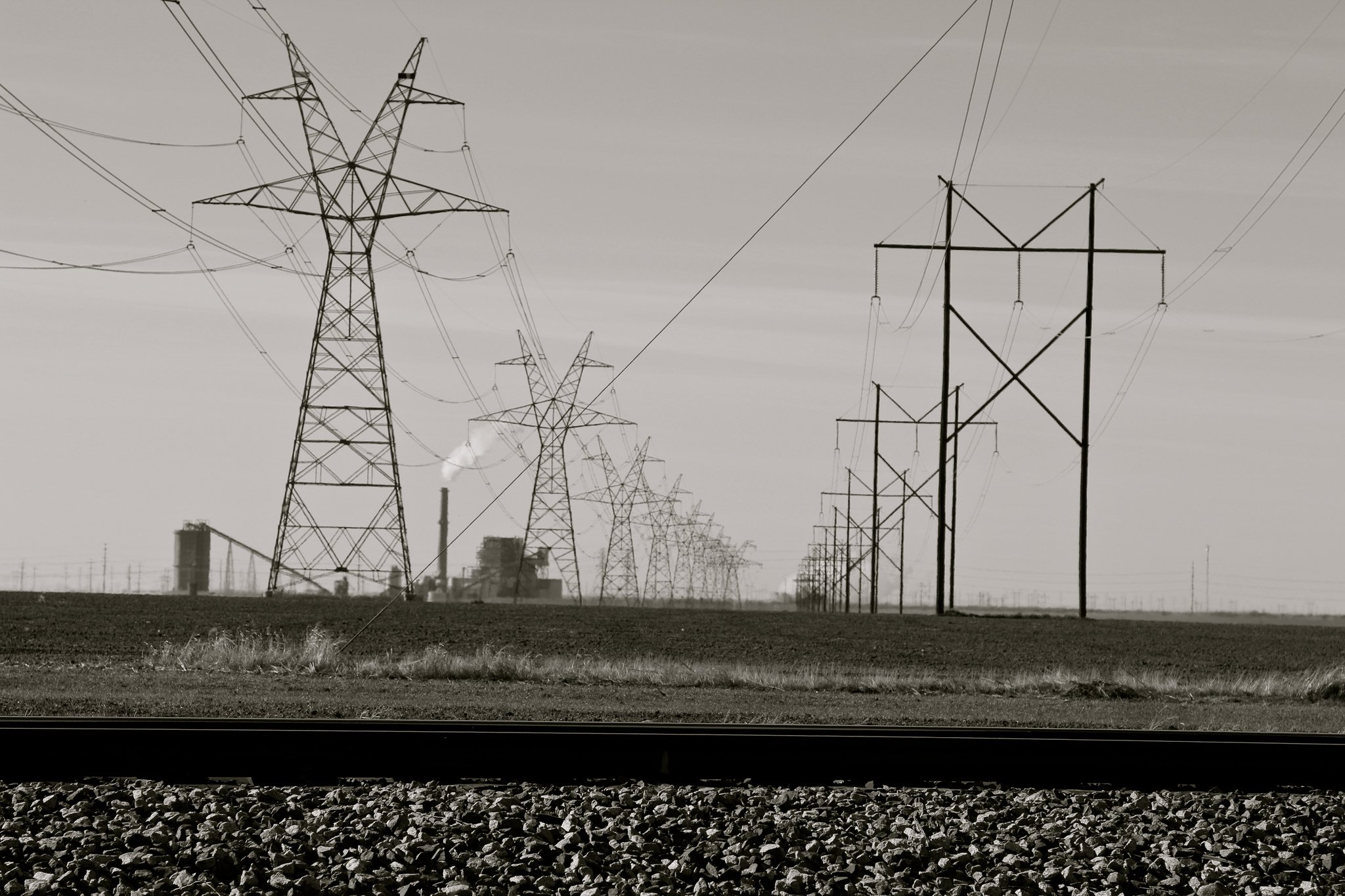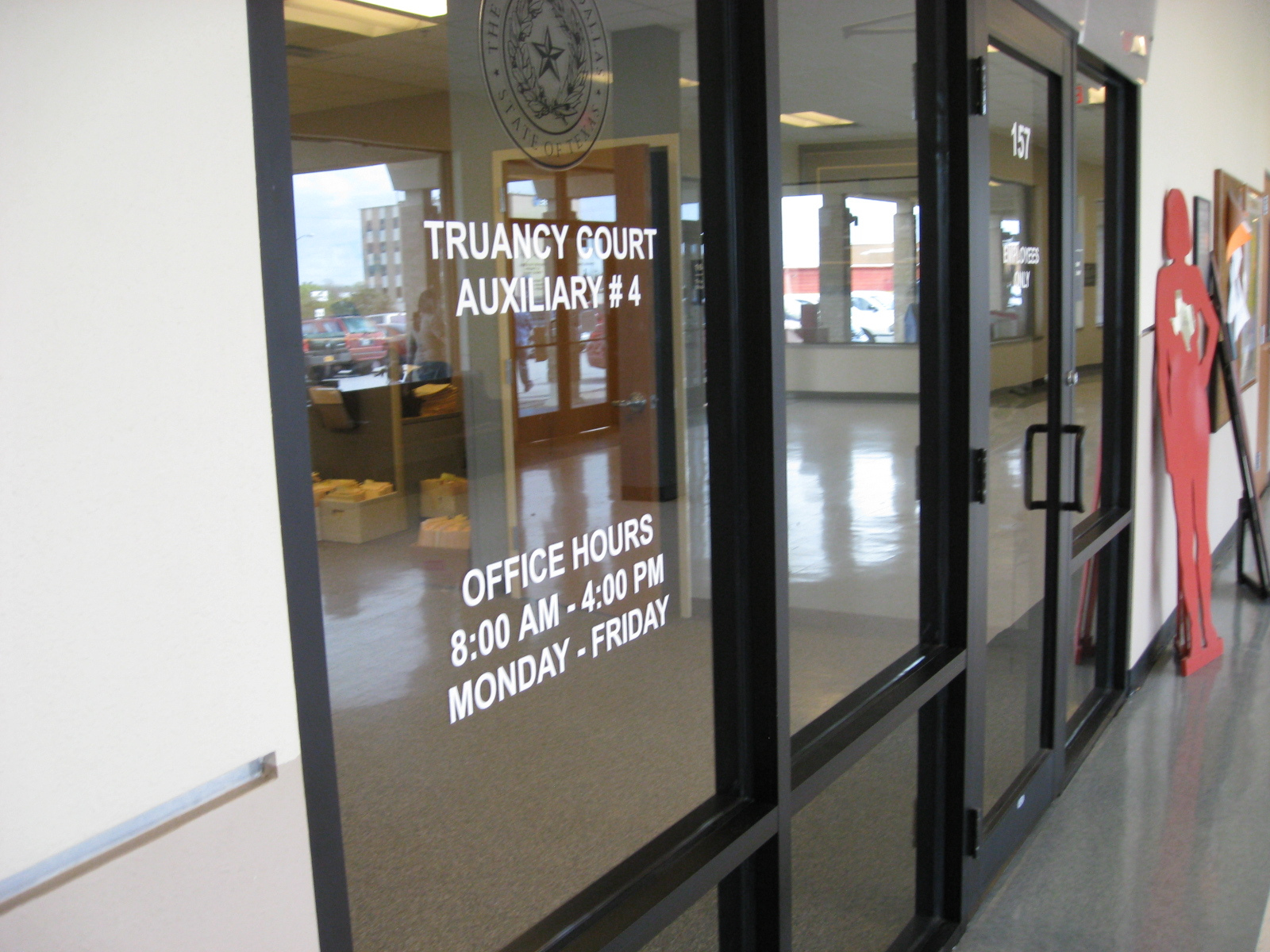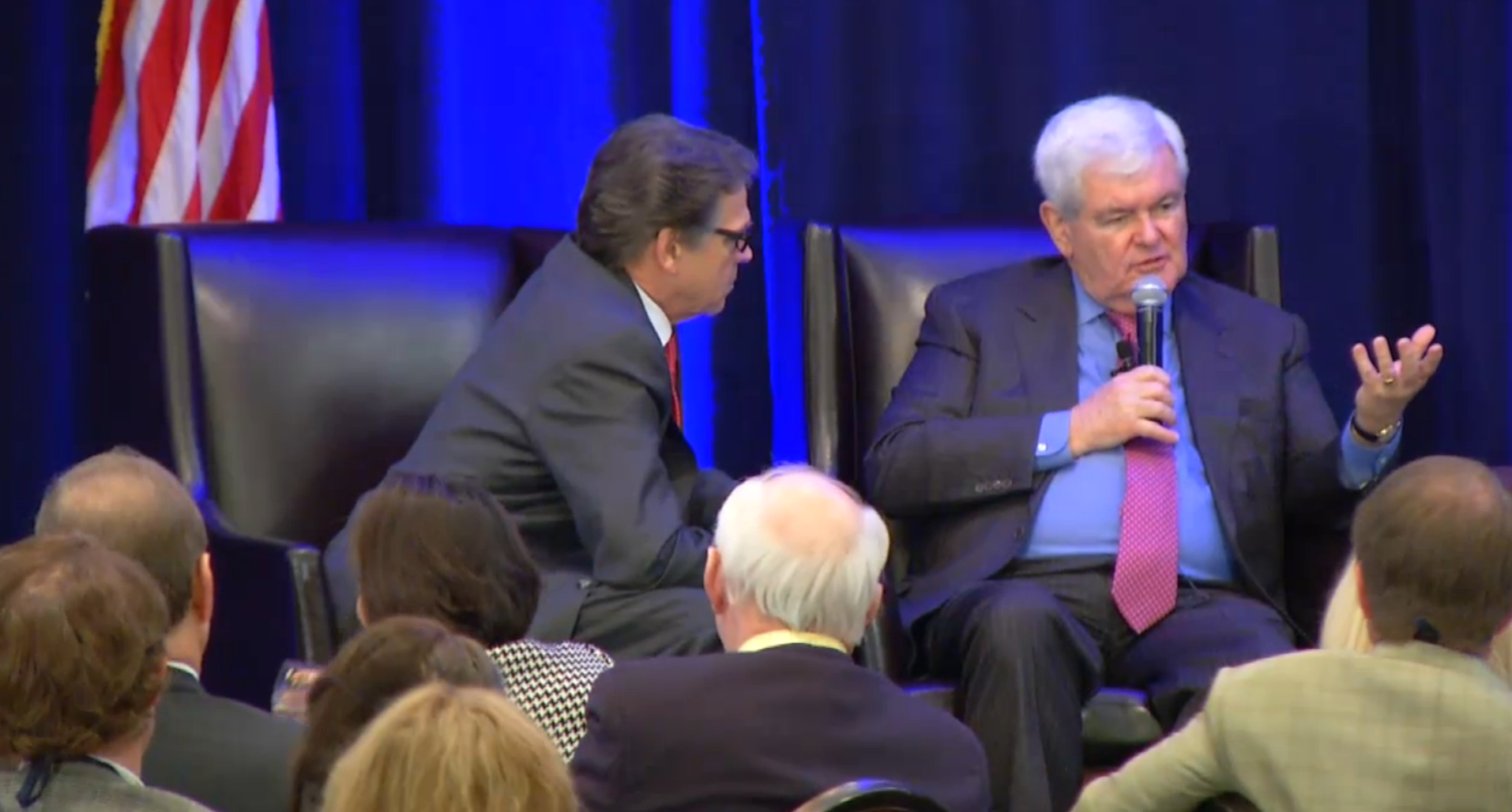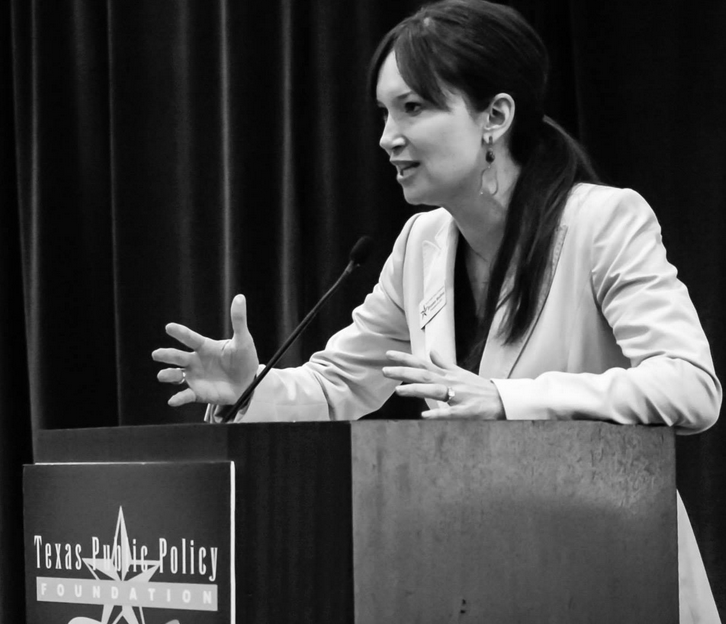
Texas Public Policy Foundation as the Underdog?
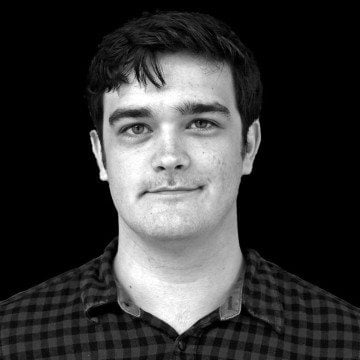
A version of this story ran in the June 2015 issue.
It was no accident that the Texas Public Policy Foundation (TPPF) chose April 21 as the day it opened its brand-new headquarters, President and CEO Brooke Rollins told a crowd at the building’s opening ceremony. It was the 179th anniversary of the Battle of San Jacinto, an event, Rollins said, that imbued in every foundation employee “the simple willingness to keep fighting, no matter the cost, no matter the odds, no matter the sacrifice.”
One might ask: What cost? What odds? What sacrifice? For years, the foundation has been the brain trust of the Republican majority in Texas, a key part of the Rick Perry years and now, it seems, a key part of Gov. Greg Abbott’s reign. It has easy access to the halls of power and to an enormous amount of money. Its backers, largely businessmen, have seen a great return on the “investment”—Rollins’ word—of their donations, as the state continues to favor policies that favor them.
Now, TPPF has a costly new HQ, built from scratch, to permanently affix it among the lobbyists who take up much of the office space in the few blocks south of the Capitol. It is, TPPF promotional material declares, “liberty’s new address.”
In a slickly produced video to accompany the day’s festivities, Perry, in black tie, told the think-tankers that it was nice to have them so close to the Capitol. But “if the Texas Public Policy Foundation was in a tent on the outskirts of Travis County, it would still make a difference,” he said.
This is doubtless true, in the same way that a billionaire doesn’t stop being a billionaire when he goes camping. The foundation’s power doesn’t come from its domicile, but from the money and power that back it, and from the decades of work that have gone into building a machine to elect candidates amenable to that wealth and power. The building is just an accessory.
But what an accessory! Six floors and 42,000 square feet, a top-floor patio and quasi-classical adornments on the building’s exterior. Rollins’ invocation of the Texas revolution didn’t come from nowhere: The building’s cornerstone announces that the foundation was “founded in 1989 . . . with a spirit forged in 1836.” Henry Arthur McArdle’s 1901 oil painting of the Battle of San Jacinto hangs halfway up the lobby’s grand staircase. The text of William Barret Travis’ last letter from the Alamo is emblazoned on the back wall of the first-floor auditorium. Breakfast on opening day was named after Anson Jones, lunch for Sam Houston, and a panel with “entrepreneurs”—TPPF donors including Red McCombs and James Leininger—was named after Mirabeau Lamar, for some reason.
These labored parallels to revolutionary history aim to establish TPPF as a defender of the faith, the keeper of an ideological heritage that extends back to the state’s founding, even as the opening day’s speakers presented the think tank as an up-and-comer that in its young life has radically changed the state, and still has oh so much work to do. It’s not a contradiction, per se. There’s no more intoxicating drug in American civic life than the ability to deny your power and rewrite yourself as the underdog—as it is for the foundation’s donors, so is it for the foundation.
